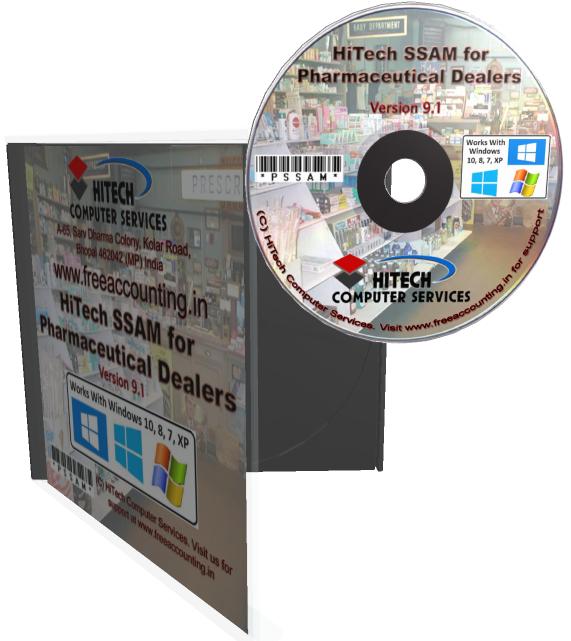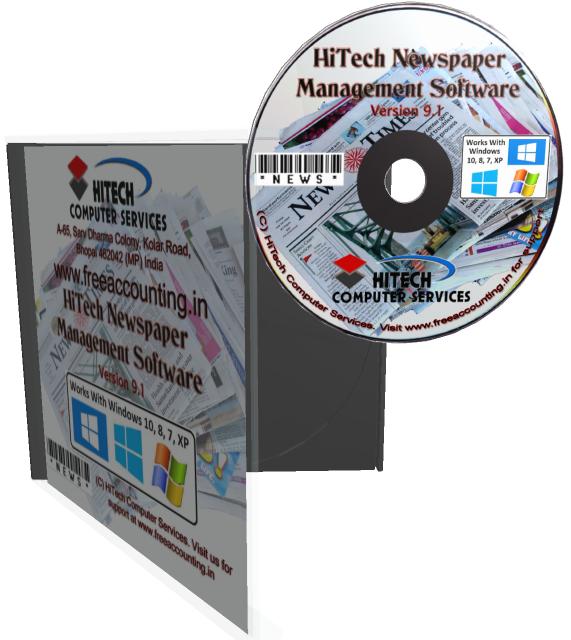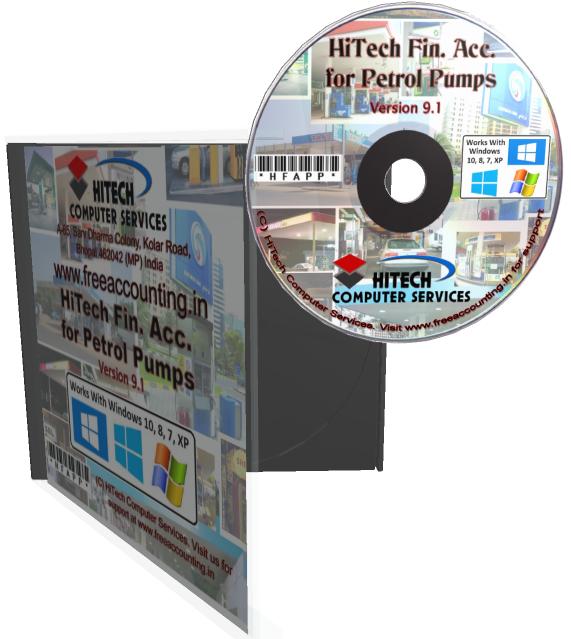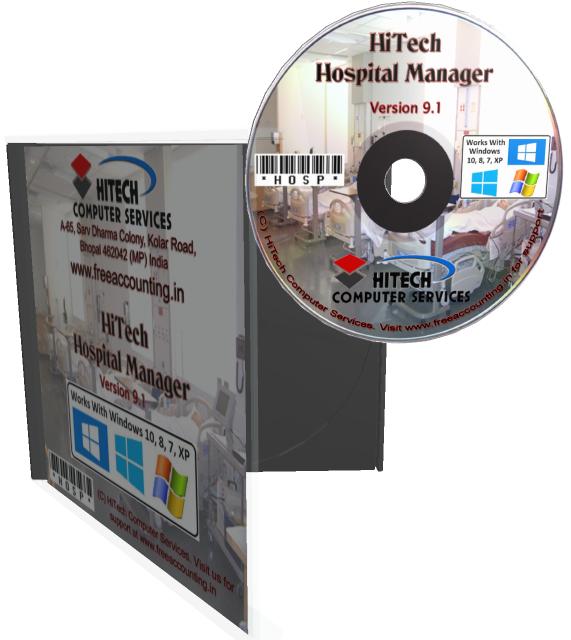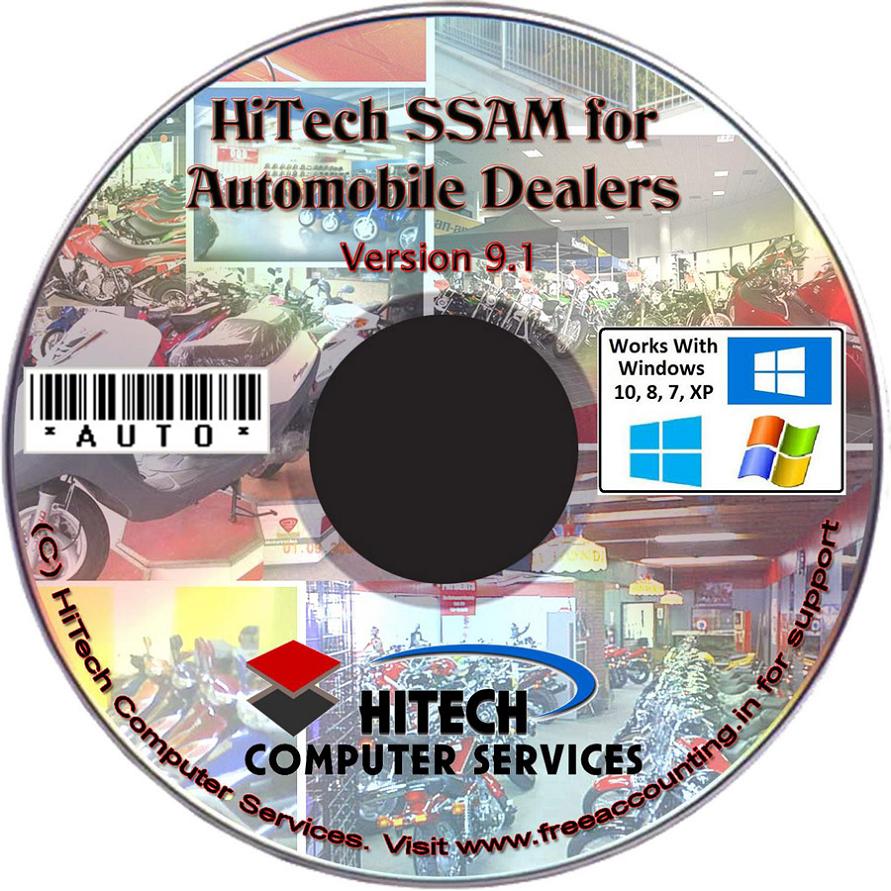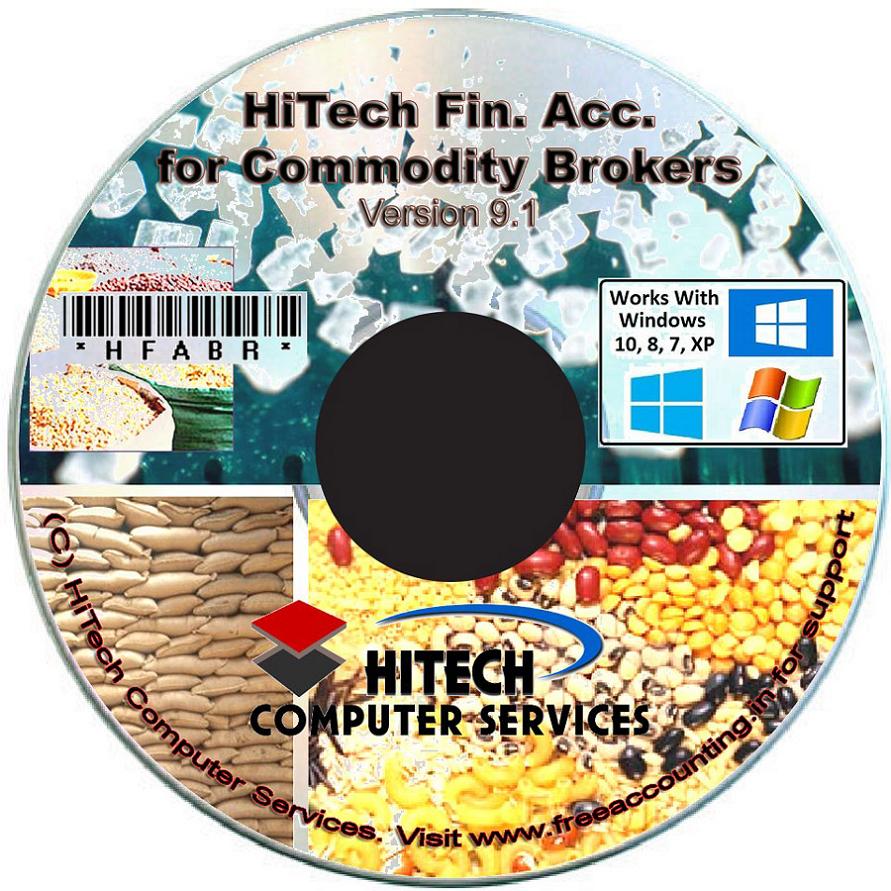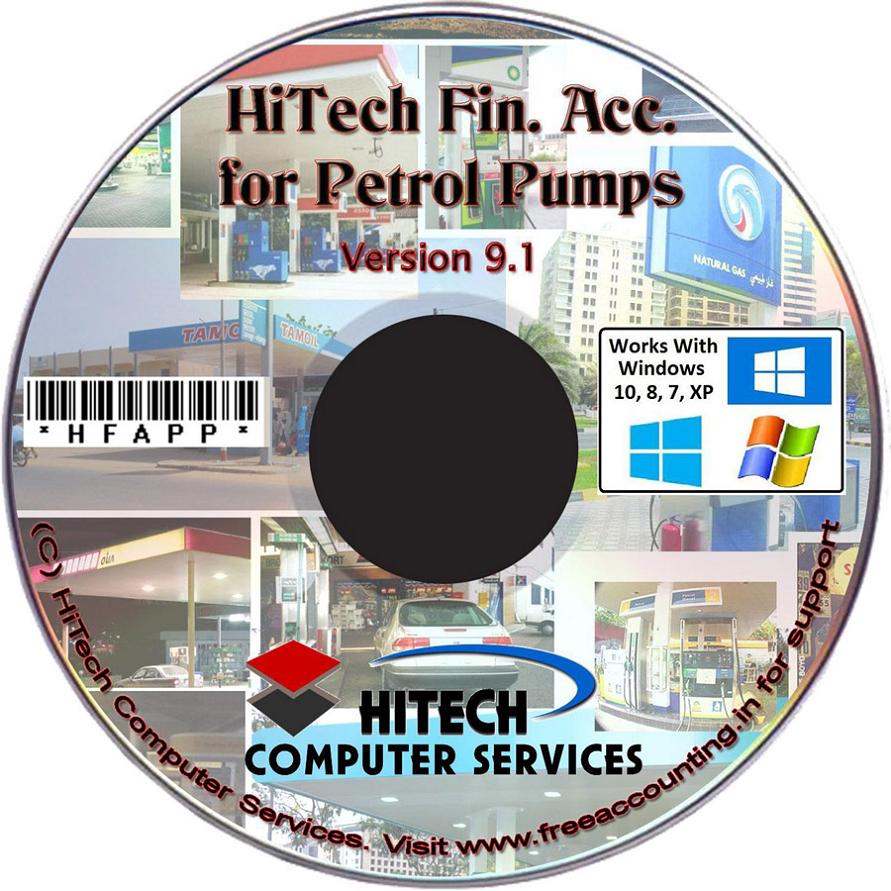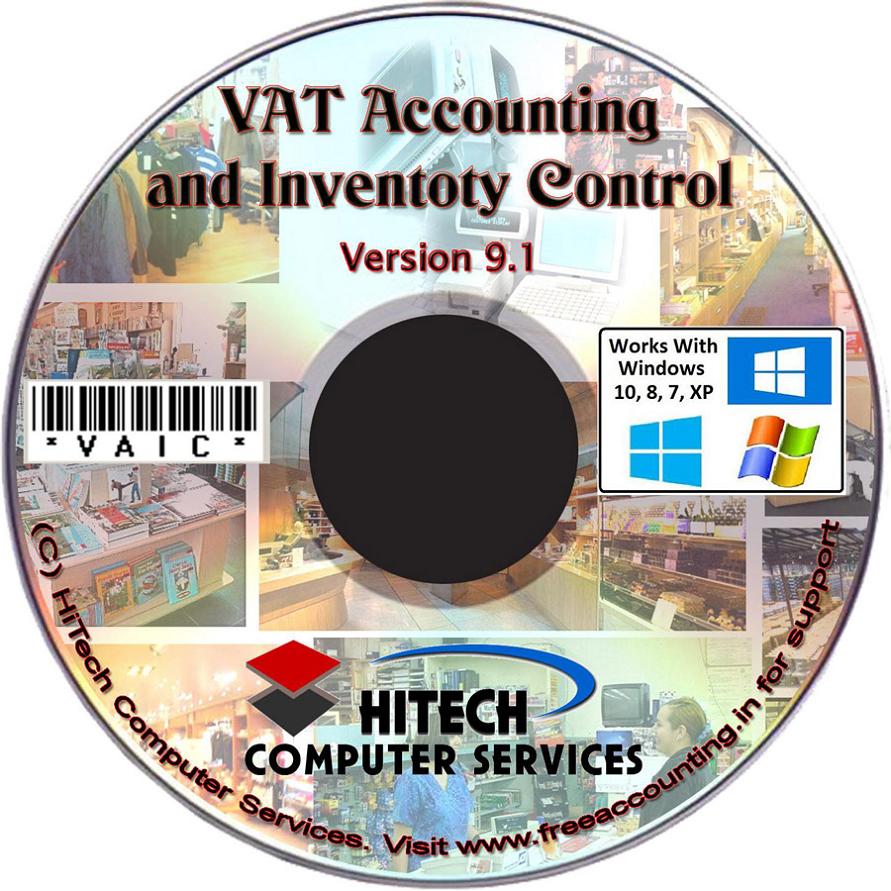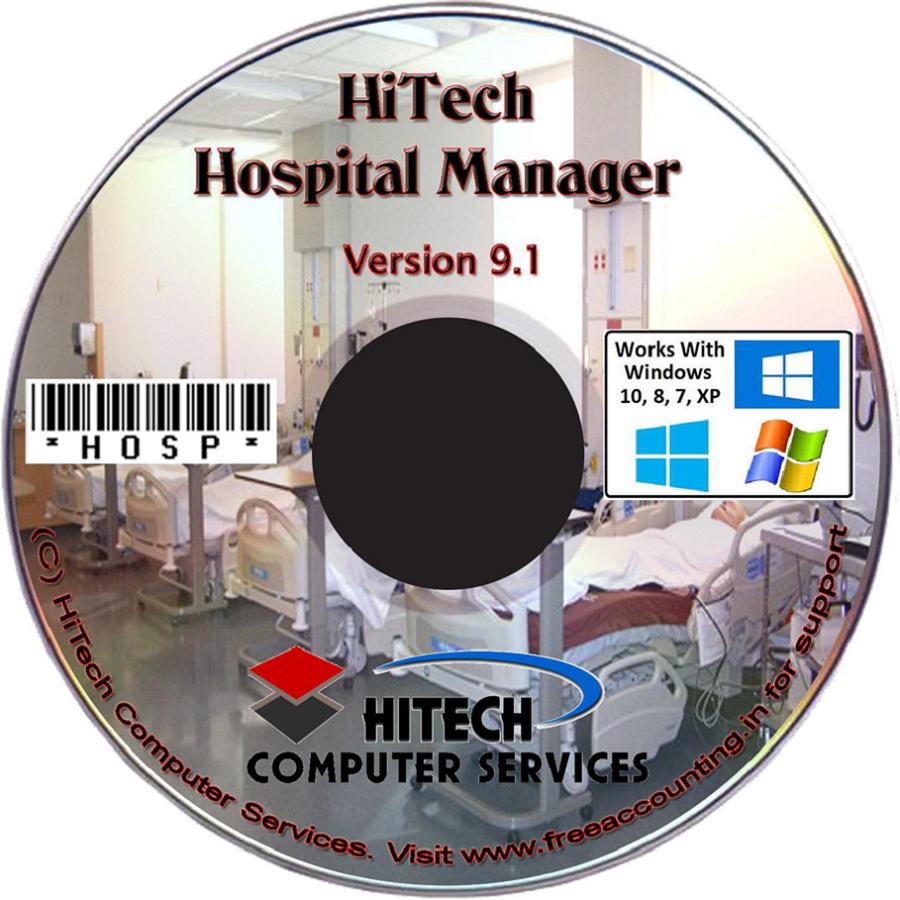Information on Value Added Tax (VAT)
Excerpts from A White Paper On State-Level Value Added Tax By The Empowered Committee of State Finance Ministers (Constituted By the Ministry of Finance, Government of India)
Justification of VAT and Background In the existing sales tax structure, there are problems of double taxation of commodities and multiplicity of taxes, resulting in a cascading tax burden. For instance, in the existing structure, before a commodity is produced, inputs are first taxed, and then after the commodity is produced with input tax load, output is taxed again. This causes an unfair double taxation with cascading effects. In the VAT, a set-off is given for input tax as well as tax paid on previous purchases. In the prevailing sales tax structure, there is in several States also a multiplicity of taxes, such as turnover tax, surcharge on sales tax, additional surcharge, etc. With introduction of VAT, these other taxes will be abolished. In addition, Central sales tax is also going to be phased out. As a result, overall tax burden will be rationalized, and prices in general will also fall. Moreover, VAT will replace the existing system of inspection by a system of built-in self-assessment by the dealers and auditing. The tax structure will become simple and more transparent. That will improve tax compliance and also augment revenue growth. Thus, to repeat, with the introduction of VAT, benefits will be as follows:
A set-off will be given for input tax as well as tax paid on previous purchases other taxes, such as turnover tax, surcharge, additional surcharge, etc. will be abolished overall tax burden will be rationalized prices will in general fall there will be self-assessment by dealers transparency will increase there will be higher revenue growthThe VAT will therefore help common people, traders, industrialists and also the Government. It is indeed a move towards more efficiency, equal competition and fairness in the taxation system.
For these beneficial effects, a full-fledged VAT was initiated first in Brazil in mid 1960's, then in European countries in 1970's and subsequently introduced in about 130 countries, including several federal countries. In Asia, it has been introduced by a large number of countries from China to Sri Lanka. Even in India, there has been a VAT system introduced by the Government of India for about last ten years in respect of Central excise duties. At the State-level, the VAT system as decided by the State Governments, would now be introduced in terms of Entry 54 of the State List of the Constitution.
Before the introduction of State-level VAT, the unhealthy sales tax rate "war" among the States would have to end and sales tax rates would need to be harmonized by implementing uniform floor rates of sales tax for different categories of commodities
In the interest again of harmonization of incidence of sales tax, the sales-tax-related industrial incentive schemes would also have to be discontinued.
On the basis of achievement of the first two objectives, steps would be taken by the States for introduction of State-level VAT after adequate preparation.
It is important to note that in the meeting of Empowered Committee on June 18, 2004 when the Union Finance Minister was present, all the States, excepting one, once again categorically renewed their commitment to the introduction of VAT from April 1, 2005. Even for this particular State with certain problems, a positive interaction has recently been organized with that State to resolve certain genuine ground-level problems. Now nearly all the States have either finalized their VAT Bills and are in the process of obtaining Presidential Assent, or will reach that stage very soon.
Concept of VAT and Set-off / Input Tax Credit
The essence of VAT is in providing set-off for the tax paid earlier, and this is given effect through the concept of input tax credit/rebate. This input tax credit in relation to any period means setting off the amount of input tax by a registered dealer against the amount of his output tax. The Value Added Tax (VAT) is based on the value addition to the goods, and the related VAT liability of the dealer is calculated by deducting input tax credit from tax collected on sales during the payment period (say, a month). If, for example, input worth Rupees 1,00,000/- is purchased and sales are worth Rupees 2,00,000/- in a month, and input tax rate and output tax rate are 4% and 10% respectively, then input tax credit/set-off and calculation of VAT will be as shown below: (a) Input purchased within the month : Rupees 1,00,000/-
(b) Output sold in the month : Rupees 2,00,000/-
(c) Input tax paid : Rupees 4,000/-
(d) Output tax payable : Rupees 20,000/-
(e) VAT payable during the month : Rupees 16,000/-
after set-off/input tax credit [(d) - (c)]
Coverage of Set-Off / Input Tax Credit
This input tax credit will be given for both manufacturers and traders for purchase of inputs/supplies meant for both sale within the State as well as to other States, irrespective of when these will be utilised/sold. This also reduces immediate tax liability.Even for stock transfer/consignment sale of goods out of the State, input tax paid in excess of 4% will be eligible for tax credit.
Carrying Over of Tax Credit
If the tax credit exceeds the tax payable on sales in a month, the excess credit will be carried over to the end of next financial year. If there is any excess unadjusted input tax credit at the end of second year, then the same will be eligible for refund.Input tax credit on capital goods will also be available for traders and manufacturers. Tax credit on capital goods may be 8 adjusted over a maximum of 36 equal monthly installments. The States may at their option reduce this number of installments. There will be a negative list for capital goods (on the basis of principles already decided by the Empowered Committee) not eligible for input tax credit.
Treatment of Exports, etc.
For all exports made out of the country, tax paid within the State will be refunded in full, and this refund will be made within three months. Units located in SEZ and EOU will be granted either exemption from payment of input tax or refund of the input tax paid within three months.
Inputs Procured from Other States
Tax paid on inputs procured from other States through inter-State sale and stock transfer will not be eligible for credit. However, a decision has been taken for duly phasing out of inter- State sales tax or Central sales tax. As a preparation for that, a comprehensive inter-State tax information exchange system is also being set up.
Treatment of Opening Stock
All tax-paid goods purchased on or after April 1, 2004 and still in stock as on April 1, 2005 will be eligible to receive input tax credit, subject to submission of requisite documents. Resellers holding tax-paid goods on April 1, 2005 will also be eligible. VAT will be levied on the goods when sold on and after 9 April 1, 2005 and input tax credit will be given for the sales tax already paid in the previous year. This tax credit will be available over a period of 6 months after an interval of 3 months needed for verification.
Compulsory Issue of Tax Invoice, Cash Memo or Bill
This entire design of VAT with input tax credit is crucially based on documentation of tax invoice, cash memo or bill. Every registered dealer, having turnover of sales above an amount specified, shall issue to the purchaser serially numbered tax invoice with the prescribed particulars. This tax invoice will be signed and dated by the dealer or his regular employee, showing the required particulars. The dealer shall keep a counterfoil or duplicate of such tax invoice duly signed and dated. Failure to comply with the above will attract penalty.
Registration, Small Dealers and Composition Scheme
Registration of dealers with gross annual turnover above Rupees 5 lakh will be compulsory. There will be provision for voluntary registration. All existing dealers will be automatically registered under the VAT Act. A new dealer will be allowed 5 days time from the date of liability to get registered.
Small dealers with gross annual turnover not exceeding Rupees 5 lakh will not be liable to pay VAT. States will have flexibility to fix threshold limit within Rupees 5 lakh. Small dealers with annual gross turnover not exceeding Rupees 50 lakh who are otherwise liable to pay VAT, shall however 10 have the option for a composition scheme with payment of tax at a small percentage of gross turnover. The dealers opting for this composition scheme will not be entitled to input tax credit.
Tax Payer's Identification Number (TIN)
The Tax Payer's Identification Number will consist of 11 digit numerals throughout the country. First two characters will represent the State Code as used by the Union Ministry of Home Affairs. The set-up of the next nine characters may, however, be different in different States.
Return
Under VAT, simplified form of returns will be notified. Returns are to be filed monthly/quarterly as specified in the State Acts/Rules, and will be accompanied with payment challans. Every return furnished by dealers will be scrutinized expeditiously within prescribed time limit from the date of filing the return. If any technical mistake is detected on scrutiny, the dealer will be required to pay the deficit appropriately.
Procedure of Self-Assessment of VAT Liability
The basic simplification in VAT is that VAT liability will be self-assessed by the dealers themselves in terms of submission of returns upon setting off the tax credit. Return forms as well as other procedures will be simple in all States. There will no longer be compulsory assessment at the end of each year as is existing now. If no specific notice is issued 11 proposing departmental audit of the books of accounts of the dealer within the time limit specified in the Act, the dealer will be deemed to have been self-assessed on the basis of returns submitted by him.Because of the importance of the concept of self-assessment in VAT, provision for "self-assessment" will be stated in the VAT Bills of the States.
Audit Correctness of self-assessment will be checked through a system of Departmental Audit. A certain percentage of the dealers will be taken up for audit every year on a scientific basis. If, however, evasion is detected on audit, the concerned dealer may be taken up for audit for previous periods. This Audit Wing will remain delinked from tax collection wing to remove any bias. The audit team will conduct its work in a time bound manner and audit will be completed within six months. The audit report will be transparently sent to the dealer also.
Simultaneously, a cross-checking, computerized system is being worked out on the basis of coordination between the tax authorities of the State Governments and the authorities of Central Excise and Income Tax to compare constantly the tax returns and set-off documents of VAT system of the States and those of Central Excise and Income Tax. This comprehensive cross-checking system will help reduce tax evasion and also lead to significant growth of tax revenue. At the same time, by protecting transparently the interests of 12 tax-complying dealers against the unfair practices of tax-evaders, the system will also bring in more equal competition in the sphere of trade and industry.
Declaration Form
There will be no need for any provision for concessional sale under the VAT Act since the provision for setoff makes the input zero-rated. Hence, there will be no need for declaration form, which will be a further relief for dealers.
Incentives
Under the VAT system, the existing incentive schemes may be continued in the manner deemed appropriate by the States after ensuring that VAT chain is not affected.
Other Taxes
As mentioned earlier, all other existing taxes such as turnover tax, surcharge, additional surcharge and Special Additional Tax (SAT) would be abolished. There will not be any reference to these taxes in the VAT Bills. The States that have already introduced entry tax and intend to continue with this tax should make it vatable. If not made vatable, entry tax will need to be abolished. However, this will not apply to entry tax that may be levied in lieu of octroi.
Penal Provisions
Penal provisions in the VAT Bills should not be more stringent than in the existing Sales Tax Act. 13
Coverage of Goods under VAT
In general, all the goods, including declared goods will be covered under VAT and will get the benefit of input tax credit. The only few goods which will be outside VAT will be liquor, lottery tickets, petrol, diesel, aviation turbine fuel and other motor spirit since their prices are not fully market determined. These will continue to be taxed under the Sales Tax Act or any other State Act or even by making special provisions in the VAT Act itself, and with uniform floor rates decided by the Empowered Committee.
Frequently Asked Questions about VAT
What is input tax?
Input generally mean goods purchased by a dealer in the course of his business for re-sale or for use in the manufacture, processing, packing/storing of other goods or any other business use. The tax paid on inputs is known as Input Tax. It has been defined in Section 2(xvii) of the Model VAT Bill, 2003 thus: "Input tax means the tax paid or payable under this Act by a registered dealer to another registered dealer on the purchase of goods in the course of business for resale or for manufacture of taxable goods or for use as containers or packing material or for the execution of works contract."
What is input tax credit?
It is the credit for tax paid on inputs. Every dealer has to pay output tax on the taxable sale effected by him. The basic formula of VAT is that every dealer pays tax only on the value addition in his hands. In simple words input tax credit is the mechanism by which the dealer is enabled to set off against his output tax, the input tax. Dealers are not eligible for input tax credit on all inputs. There are certain restrictions and conditions on the eligibility of input tax credit as it is stipulated in the respective State legislation.
What are the `sales' not liable to tax under the VAT Act?
Since the VAT Act applies only to sales within a State, the following sales shall not be governed by the VAT Act:
a) sale in the course of inter-State trade or commerce which shall continue to be liable to tax under the Central Sales Tax Act, 1956;
b) sale which takes place outside the State; and
c) sales in the course of export or import.
Items Covered in Indian VAT
550 items covered 270 items of basic needs, like medicine, drugs, agro & industrial inputs, capital & declared goods 4% VAT Rest 12.5% VAT. Gold & silver jewellery - 1%
Tea-producing states options either percentage VAT Petrol, diesel, liquor, lottery not included * Sugar, textile & tobacco excluded for one year
Traders with turnover of less than 500,000 Rupees are exempt from the new tax.
Tax implication under Value Added Tax Act
VAT is most certainly a more transparent and accurate system of taxation. The existing sales tax structure allows for double taxation thereby cascading the tax burden. For example, before a commodity is produced, inputs are first taxed, the produced commodity is then taxed and finally at the time of sale, the entire commodity is taxed once again. By taxing the commodity multiple times, it has in effect increased the cost of the goods and therefore the price the end consumer will pay for it. The transaction chain under VAT assuming that a profit of Rupees 10 is retained during each sale. · SALE 'A' OF Delhi @ Rupees 100/- 'B' OF Indore · SALE @ Rs. 114/- 'C' OF Indore · SALE @ Rupees 124/- 'D' OF Bhopal · SALE @ Rs. 134/- CONSUMER IN Bhopal | Seller | Buyer | Selling Price (Excluding Tax) | Tax Rate | Invoice value (Incl Tax) | Tax Payable | Tax Credit | Net Tax Outflow | | A | B | 100 | 4% CST | 104 | 4.00 | 0 | 4.00 | | B | C | 114 | 12.5 % VAT | 128.25 | 14.25 | 0 | 14.25 | | C | D | 124 | 12.5% VAT | 139.50 | 15.50 | 14.25 | 1.25 | | D | Consumer | 134 | 12.5% VAT | 150.75 | 16.75 | 15.50 | 1.25 | Total paid to Govt. VAT 16.75 CST 4.00 *Note: CST Paid cannot be claimed for credit. CST is assumed to remain the same though it could to be reduced to 2% when VAT is introduced and eventually phased out. VAT can be considered as a multi-point sales tax with set-off for tax paid on purchases (inputs) and capital goods. What this means is that dealers can actually deduct the amount of tax paid by him for purchase from the tax collected on sales, thereby paying just the balance amount to the Government. |



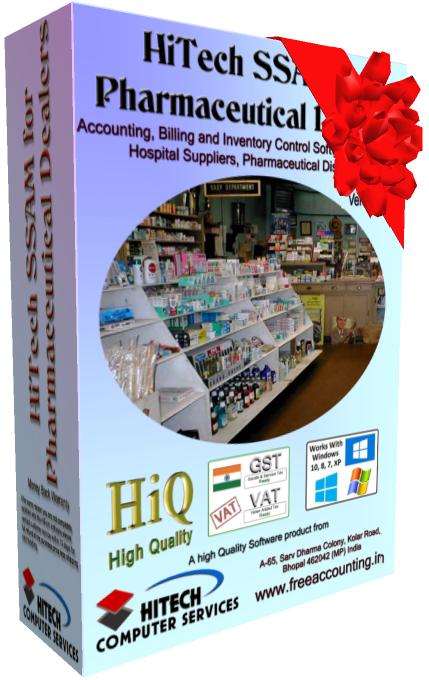

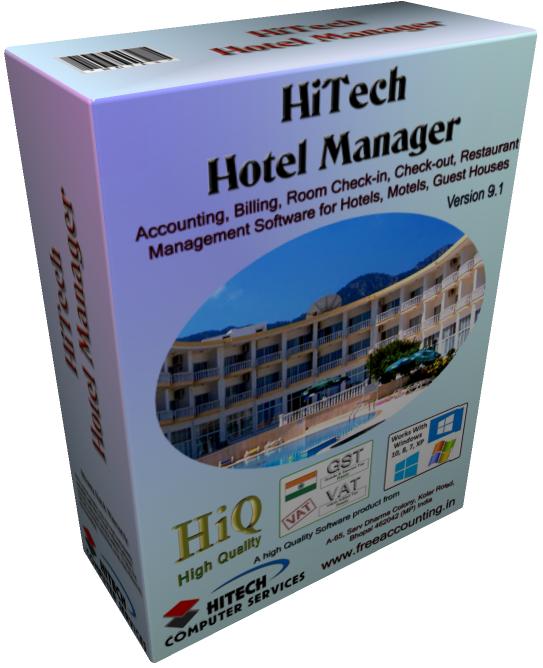


 Send Email Now
Send Email Now VAT Ready
VAT Ready





